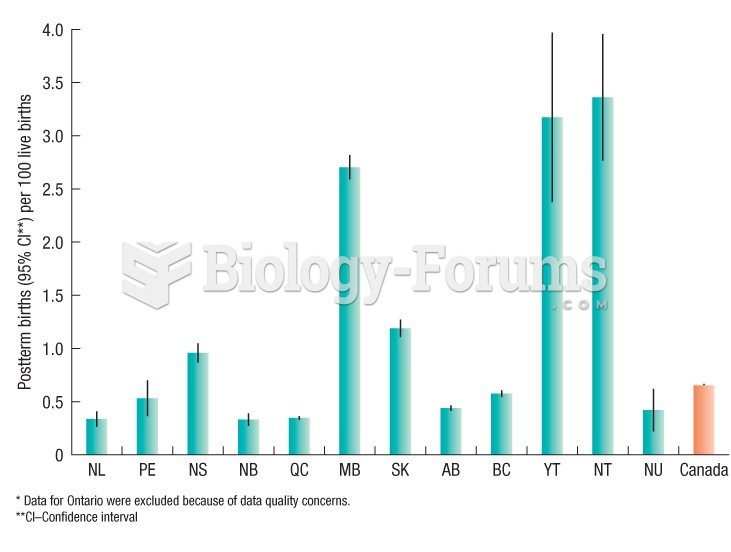Answer to Question 1
Answer: The population of Kosovo is more than 90 percent ethnic Albanian, however, Serbs consider Kosovo an essential place in the formation of the Serb ethnicity, because they fought an important battle against the Ottoman Empire there in 1389. As part of Yugoslavia, Kosovo had been an autonomous province. With the breakup of Yugoslavia, Serbia took control of Kosovo, launched a campaign of ethnic cleansing of the Albanian majority and at its peak in 1999, had forced 750,000 of Kosovo's 2 million ethnic Albanian residents from their homes, mostly to camps in Albania.
Outraged by the ethnic cleansing, the United States and Western European countries, operating through NATO, launched an air attack against Serbia. The bombing campaign ended when Serbia agreed to withdraw all of its soldiers and police from Kosovo.
Kosovo declared independence from Serbia in 2008. The U.S. and most European countries have recognized its sovereignty, but countries allied with Serbia, including China and Russia, oppose it.
Answer to Question 2
Answer: Legislative districts within the United States and other countries are redrawn periodically to ensure approximately equal populations for all districts. Boundaries must be redrawn because migration inevitably results in some districts gaining population, whereas others are losing. In the US, the districts of the 435 House of Representatives are redrawn every 10 years following the release of official population figures by the Census Bureau.
The process of redrawing legislative boundaries for the purpose of benefiting the party in power is called gerrymandering. The term was named for Elbridge Gerry, governor of Massachusetts from 1810 to 12 and vice president of the United States from 1813 to 14. As governor, Gerry signed a bill that redistricted the state to benefit his party. An opponent observed that an oddly shaped new district looked like a salamander, whereupon another opponent responded that it was agerrymander. A newspaper subsequently printed an editorial cartoon of a monster named gerrymander with a body shaped like the district.
Gerrymandering takes three forms: First, wasted vote spreads opposition supporters across many districts as a minority. If Party A controls the process, it could do a wasted vote gerrymander by creating four districts with a slender majority of Party A voters and one district with a strong majority of Party B voters. Excess vote concentrates opposition supporters into a few districts. If Party A controls the redistricting process, it could do an excess vote gerrymander by creating four districts with a slender majority Party A voters and one district with an overwhelming majority of Party B voters. A stacked vote links distant areas of like-minded voters through oddly shaped boundaries. In this example, Party A controls redistricting and creates five oddly shaped districts, four with a slender majority Party A voters and one with an overwhelming majority of Party B voters.







